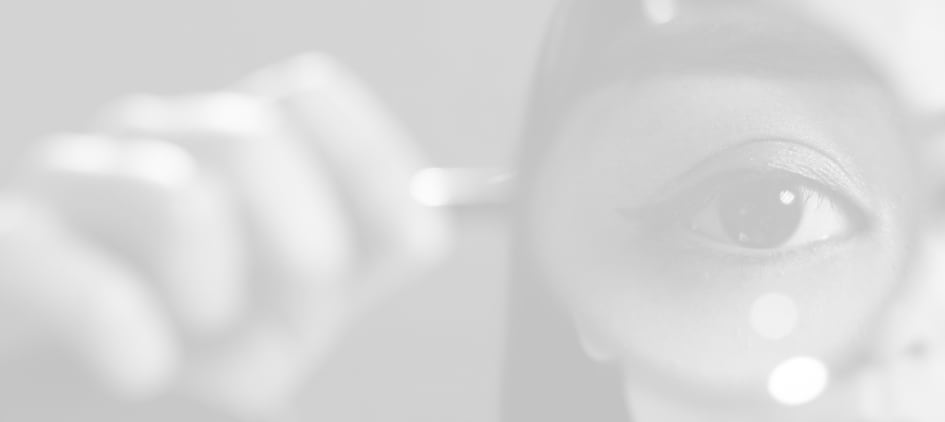Eye diseases are a serious threat to your vision and quality of life, especially without proper intervention. Take age-related macular degeneration (AMD), for example. This progressive disease damages the macula, severely affecting the clarity of central vision.
There are 2 main types of AMD: wet and dry. Most people with AMD have the dry form, which tends to progress slowly, whereas wet AMD is less common but can cause rapid vision loss.
Regardless of what type of AMD you have, one thing is certain: early detection leads to better results, further emphasizing why routine eye exams matter.
What Is Macular Degeneration?
Take a moment to look at what’s in front of you. Objects in the center of your vision are sharper and more detailed than those in your peripheral (side) vision. Your macula, a structure within the retina, is responsible for your central vision—your direct line of sight. It allows you to see sharp, fine details, which is helpful for reading, recognizing faces, and driving.
Age-related macular degeneration (AMD) is a progressive eye disease that damages the macula. The result? Your central vision becomes blurry, distorted, or develops dark spots, while your peripheral vision typically remains intact.
AMD is the leading cause of vision loss in people over 50, affecting roughly 2.5 million Canadians. Ageing is the primary risk factor, but genetics, smoking, and lifestyle factors also play important roles in its development.
We have yet to find a cure for AMD, but with timely intervention and proper management, we can slow the disease’s progression. This is precisely why knowing the type of AMD you have matters.
A Closer Look at Dry AMD
Dry macular degeneration is like the slow, steady wear and tear on an old piece of machinery. It develops gradually as waste products (drusen) accumulate beneath the retina. These yellowish deposits are made up of proteins and lipids that your eye can’t efficiently clear away as you age.
How Dry AMD Progresses
Dry AMD typically moves through three stages:
- Early Stage: Small drusen deposits form, but you probably won’t notice any vision changes. Many people live with early dry AMD for years without realising it.
- Intermediate Stage: Larger drusen appear, and you might start noticing subtle changes—perhaps you need more light to read, or straight lines look slightly wavy.
- Advanced Stage: Areas of the retina begin to thin and die, creating blind spots in your central vision, significantly affecting your quality of life.
Symptoms to Watch For
Dry AMD symptoms develop gradually and might include:
- Difficulty reading or doing close work
- Straight lines appear wavy or distorted
- Colours appear less vibrant
- Needing brighter light for tasks
- A gradual central blind spot
Managing Dry AMD
Although there’s no cure for dry AMD, you’re not powerless against it. Research shows that certain lifestyle changes and supplements can slow its progression:
- Nutritional Support: The AREDS2 study demonstrated that specific combinations of vitamins (including vitamins C and E, zinc, copper, lutein, and zeaxanthin), when taken as supplements, can reduce the risk of advanced AMD by about 25%. Vision Essence contains the three macular caretonoids and is an excellent choice for early AMD. More advanced forms of AMD benefit from a AREDS2 formulation like Vitalux.
- Lifestyle Changes: Quitting smoking, eating leafy greens, exercising regularly, and protecting your eyes from UV light can all help.
- Regular Monitoring: Routine check-ins with your optometrist help monitor for changes and determine the efficacy of your current management plan.
- Newer Treatments: Red light therapy and electrical microcurrent stimulation are exciting new areas of study with promising results.

More on Wet AMD
Wet macular degeneration is more aggressive than dry AMD. It occurs when abnormal blood vessels grow beneath the macula and leak blood or fluid, causing the macula to swell, which can lead to rapid vision changes.
Symptoms of Wet AMD
Wet AMD symptoms can appear suddenly and progress rapidly:
- Straight lines suddenly appear wavy or bent
- A dark or blind spot in your central vision
- Rapid decline in detailed vision
- Objects appear smaller or farther away than they are
- Colours seem washed out
If you notice any of these changes, especially if they develop quickly, visit your optometrist immediately.
Treatment Options
The good news about wet AMD is that effective treatments are available:
- Anti-VEGF Injections: These eye injections are given to discourage abnormal blood vessel growth.
- Photodynamic Therapy: A light-activated drug is injected into your bloodstream, then is activated with a laser to destroy abnormal blood vessels.
- Laser Surgery: In some cases, laser treatment can seal leaking blood vessels, though this is less commonly used today.
Many people with wet AMD can maintain or even improve their vision with proper treatment, especially when caught early.
Dry vs Wet AMD: Key Differences
Though dry and wet AMD lead to central vision loss, we focus on their differences because of their unique progression and effect on the macula:
- Progression: Dry AMD is much more common, accounting for about 85-90% of cases. It progresses slowly over years or decades. Meanwhile, wet AMD is less common and progresses rapidly, within weeks or months.
- Symptoms: Dry AMD symptoms include gradual blurring, difficulty with fine details, and needing brighter light. Symptoms of wet AMD include sudden distortion, rapid central vision loss, and wavy lines.
- Vision loss & Severity: Dry AMD is generally less severe, though advanced stages can cause significant vision loss. Wet AMD can cause severe vision loss quickly without intervention.
- Treatment: Dry AMD management focuses primarily on lifestyle changes, nutritional supplements, monitoring and newer treatments like red light therapy. Managing wet AMD involves anti-VEGF injections and sometimes laser therapy.
- Prognosis: With dry AMD, vision often remains stable for long periods with ongoing management. Wet AMD often responds better to treatment, but requires ongoing management given how quickly vision can deteriorate.
Take Control of Your Eye Health
Living with dry or wet AMD has its challenges, but we can support your vision and eye health with the right treatment plan, whether that means lifestyle changes, ongoing monitoring, or therapies. Our Collingwood Optometry team is here to develop a plan that aligns with you. The most effective way to preserve your visual health is through routine eye exams. These exams are your first line of defense against serious eye conditions, including macular degeneration. So connect with our Collingwood Optometry team to book your routine eye exam.























